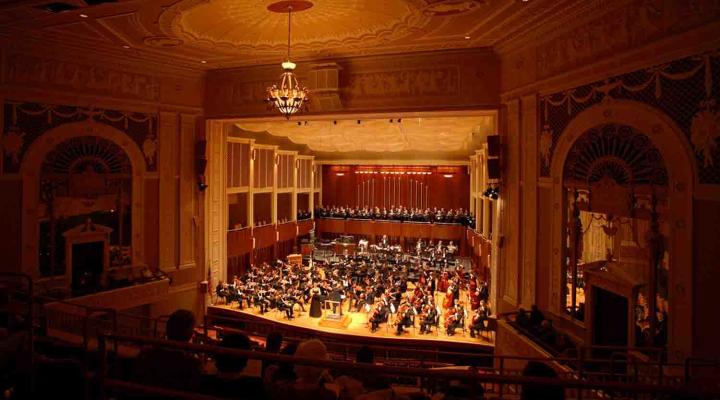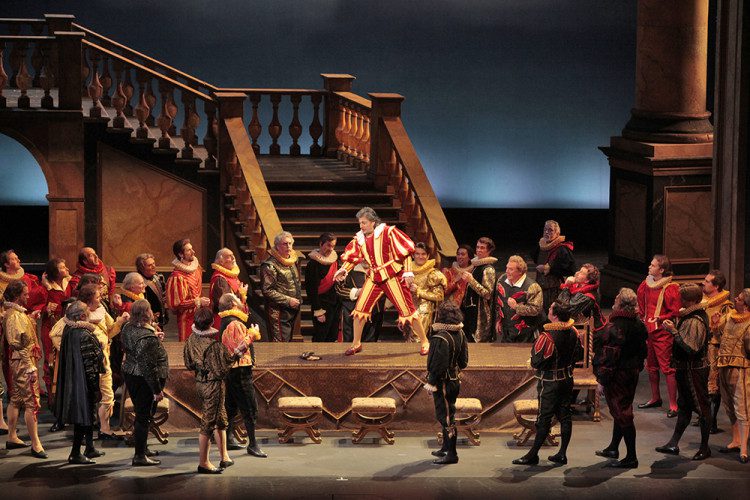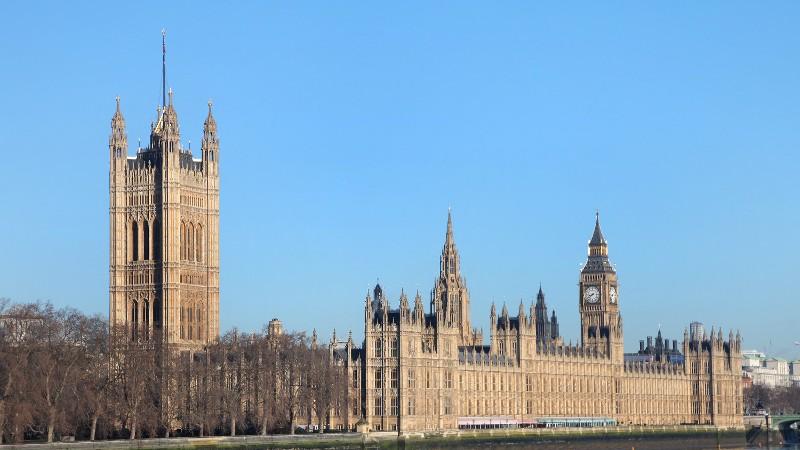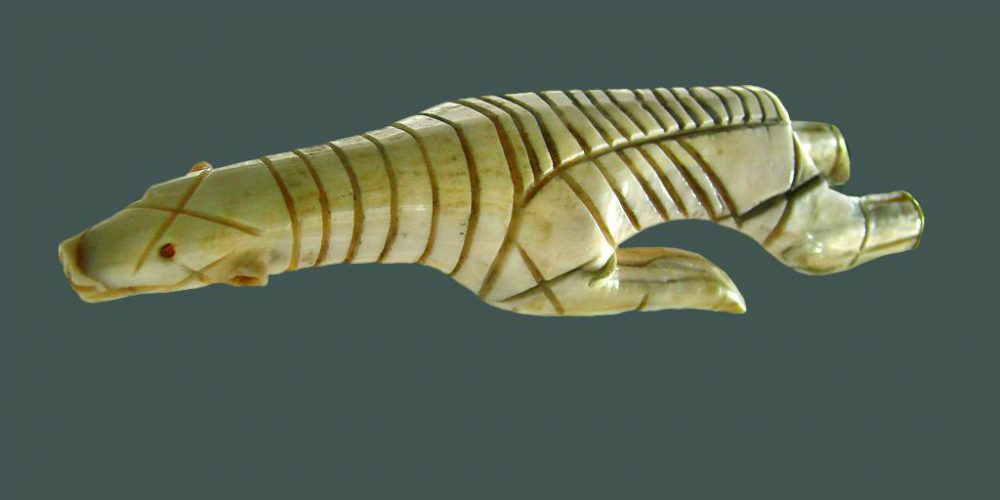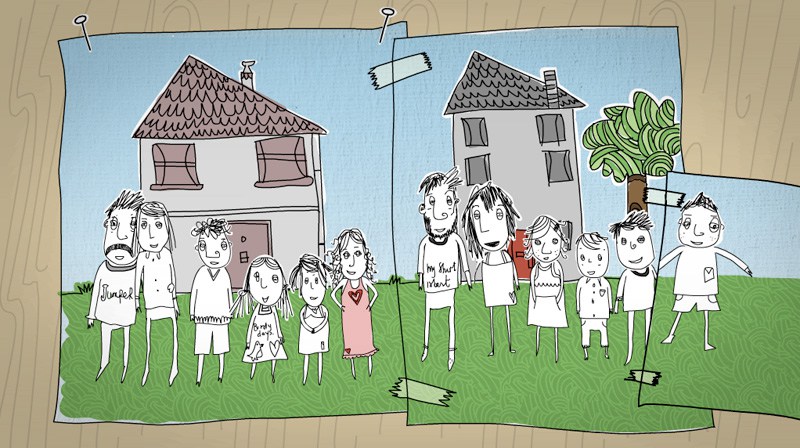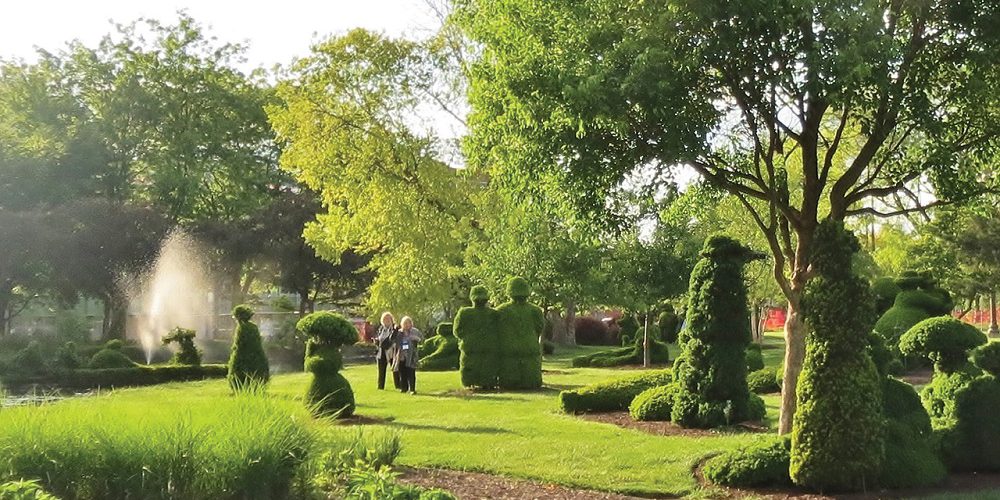The task of the artist is to open the heart and soul of people: the artist Karon Davis
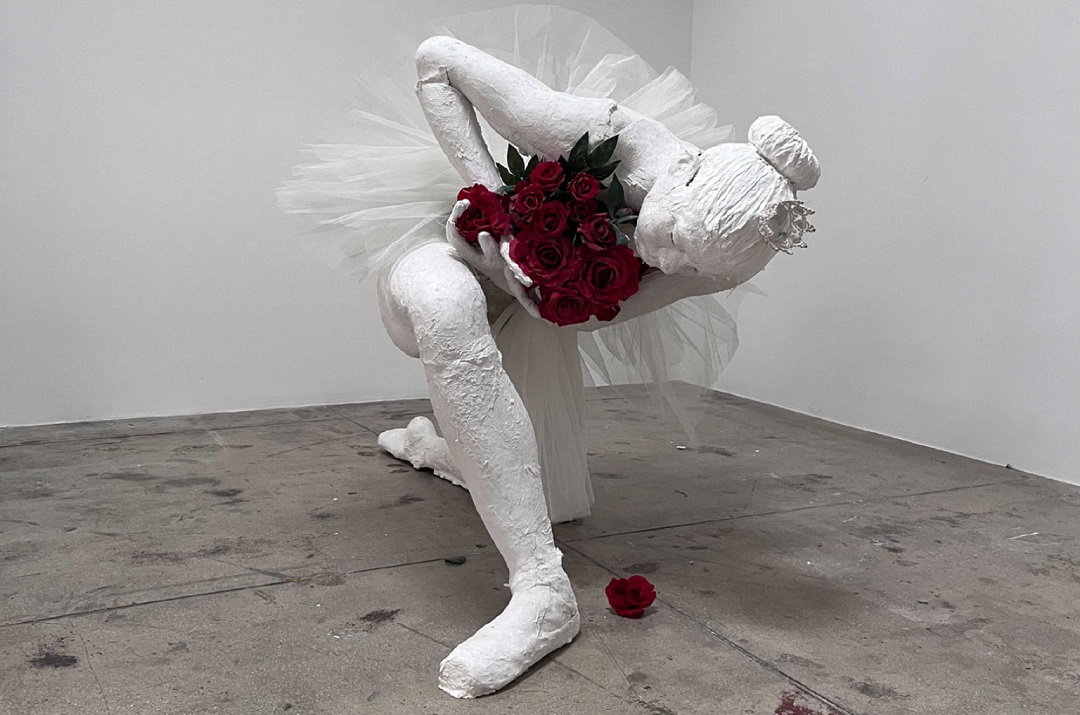
From October 12 to December 23, 2023, New York Salon 94 on 89th Street will host an exhibition of works by the contemporary Los Angeles-based artist, Karon Davis. The exhibition is titled BEAUTY MUST SUFFER.
Karon Davis (b. 1977, Reno, Nevada) is known for her sculptures and multimedia installations that touch on issues of history, culture, and race in the United States.
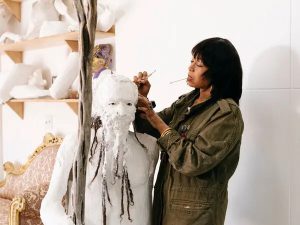
She creates her works using materials as varied as plaster strips, chicken wire, glass, and readymade objects.
Davis has developed a technique that deconstructs the tradition of plaster casting. Drawing on her background in theater and film, Davis creates haunting tableaux inhabited by protagonists both historical and imagined. The figures are created using the artist’s unique plaster method, amalgamations of life-size casts taken from friends and family as well as her own body. Sections of the bodies may be deliberately missing so that the completion of the figure is left to the viewers’ imagination. The brokenness of the works is reflective of the situation in which the figures are broken inside. Davis strives to create an “in-between state,” which captures the soul.
Davis is fascinated with ancient Egypt and connects her technique with mummification. She uses strips of plaster to wrap the body, piecing her subjects back together. She also thinks of her sculptural tableaux as mummifying the stories of Black history that she is driven to tell.
Her exhibition BEAUTY MUST SUFFER traces the life and labor of Black dancers, from the first encounter with the barre to the final bow.
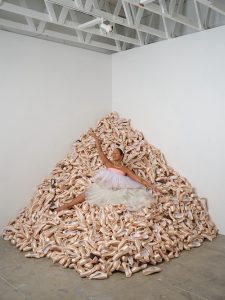
Karon Davis, the daughter of two Broadway dancers, Nancy Bruner and Ben Vereen, frequently heard from her mother the refrain “beauty must suffer”—a slightly closer translation of the original French phrase “Il faut souffrir pour être belle”. Davis was also a dancer and so her three siblings are. She knows from her own experience all the hardships and joys of dancers’ work
Davis says that nothing embodies the age-old saying “beauty is pain” quite like the ballet. Beneath the pink satin shoes and puffy tulle skirts may be bleeding toes, purple bruises, and aching muscles. If the dancers are successful, the audience won’t see that gruesome effort. But knowing that it’s there, just out of view, only multiplies respect and love to the ballet dancers for their hard and selfless work.
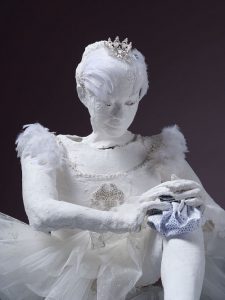
Throughout, the Black figures are rendered in Davis’s trademark white plaster—a nod to once-colorful, now uniform Greco-Roman sculptures and a reference to the fundamental conformity of the ballet, an art form that prizes Western beauty standards and sublimates difference in the name of artistic excellence.
Echo and Narcissus is a Greek myth of unrequited love, in which Echo falls in love with Narcissus and Narcissus falls in love with his reflection and all gratification is forever tragically deferred.
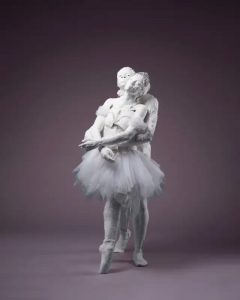
Staged at the beginning of the twentieth century by the Ballets Russes, it is a myth that perpetually returns, striking, as it does, the deep human chords of repetition and despair, entrapment and desire. And now that we all live in an echo chamber of our own algorithms, the figure of the narcissist appears to be the governing personality type of our age.
NO GOOD DEED GOES UNPANISHED
Bobby Seale, bound and gagged in a Chicago courtroom, is one of the most searing images in American history. There were no photographs of this shocking episode during the trial of the Chicago 8 in October 1969, only artists’ sketches. This has made the image even more resonant as we conflate the sketches and subsequent actors’ portrayals in our visual memory.
The image of Bobby Seale, physically restrained but defiant, refusing to submit to the judge, has haunted the artist Karon Davis for many years.
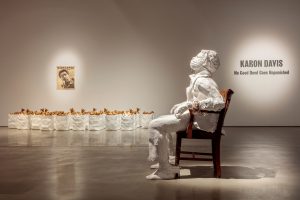
It became especially provocative during the past years’ incidents of police violence in the USA.
A powerful sculptural tableau of a bound and gagged Bobby Seale in front of Judge Julius Hoffman and the Chicago jury does not leave anyone indifferent.

Davis’s theme for this body of work is “No Good Deed Goes Unpunished,” a reference to the government’s violent prosecution of the Black Panthers and its distortion of the public’s understanding of the Panthers’ contributions to their community.
Davis sees the role of the artist as a keeper of contemporary history, reminding people of past events that still resonate in the present.
MUDDY WATER
The installation takes its name from Bessie Smith’s 1927 recording of Muddy Water, a song about the Great Mississippi Flood. The body of work reflects on the effects of climate change, and subsequent migration and displacement, offering a glimpse into the experiences people encounter during natural disasters.
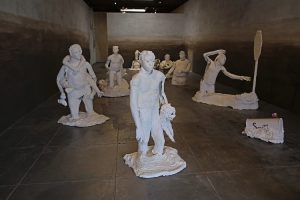
Davis continues to work with full scale plaster-cast figures. Intentionally their armatures remain visible, juxtaposing the inner strength of the sculptures against their fragile exteriors; she likens the process to ‘reassembling broken souls’.
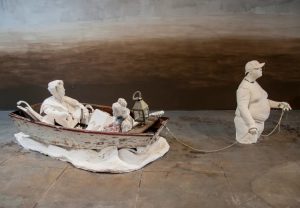
Some of the figures are inspired by images Davis discovered while reading news coverage of the recent events in Montecito, Puerto Rico & Houston (to name but a few), others are imagined from personal experience of evacuating her home during the 2017 Thomas Fire. Woven into the exhibition as a whole is the sense of immediacy, crisis and loss, which is drawn from having to abandon cherished property in the blink of an eye.
By Alex Arlander | ENC News

